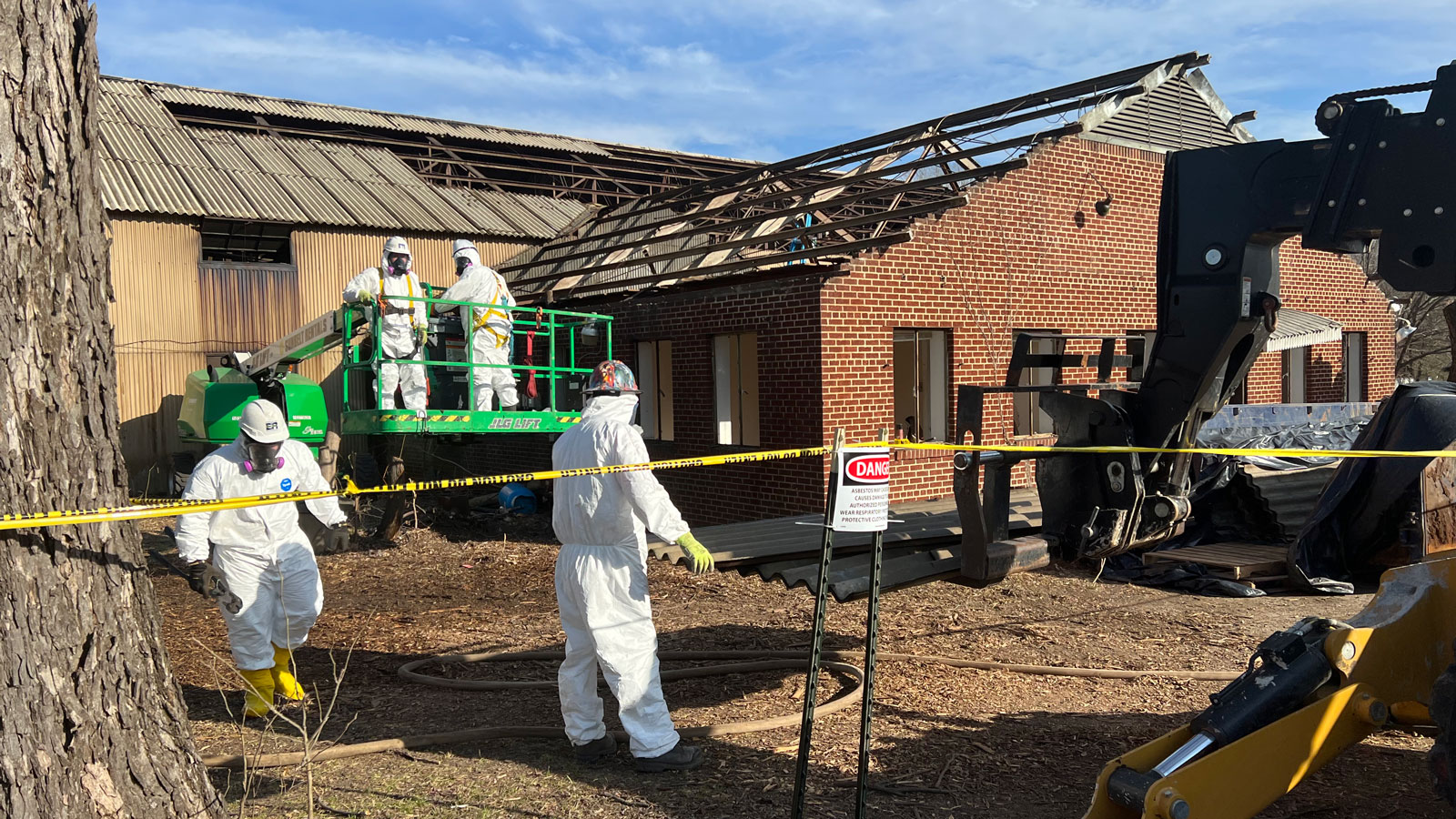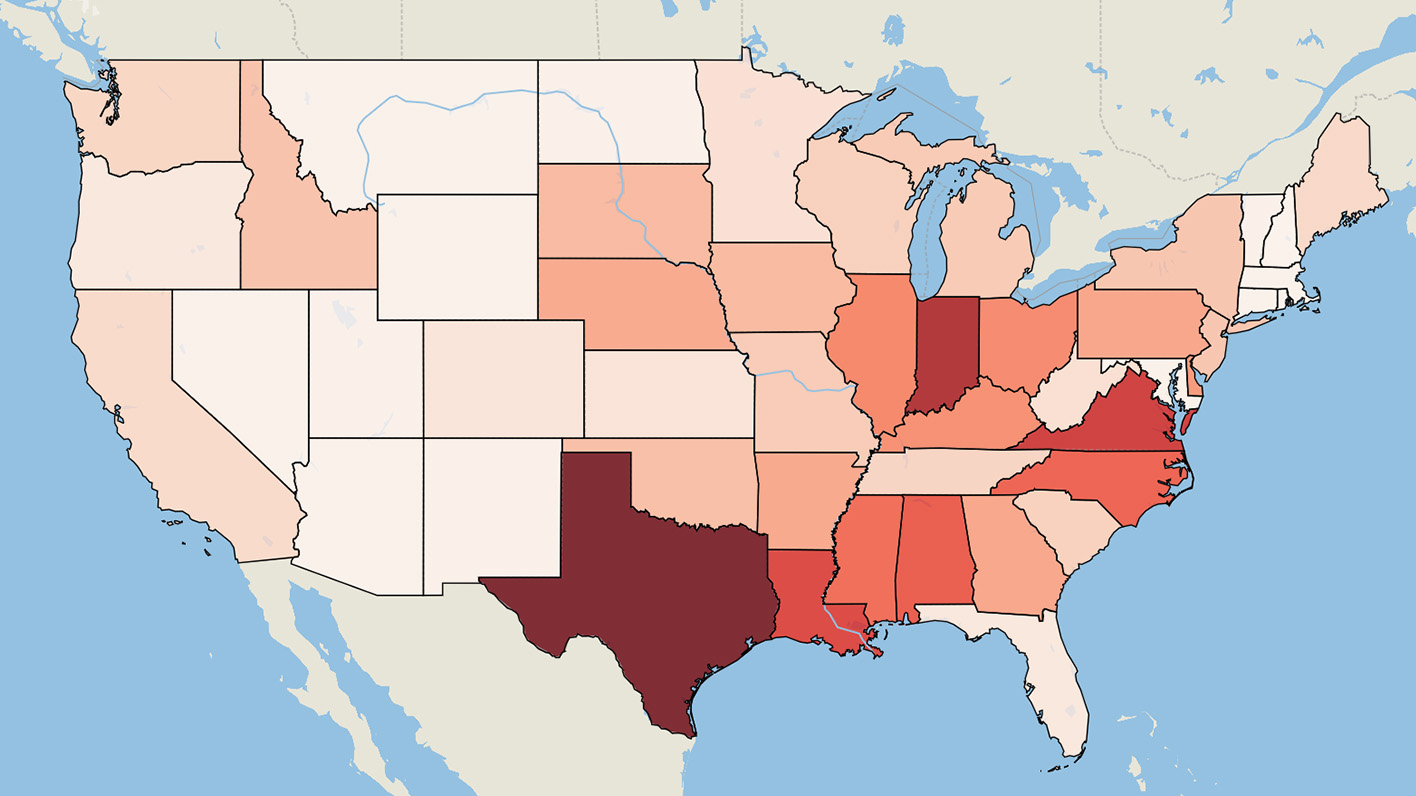
Testimony: Fight Flame Retardants
Our testimony on HB1264/SB902 to ban toxic flame retardants in furniture, mattresses, and some consumer products.
Maryland PIRG, the Maryland State Conference of the NAACP, Maryland Conservation Council, Chesapeake Climate Action Network, and League of Women Voters of Maryland, request a favorable report on HB1264.
Maryland PIRG is a statewide, non-partisan, non-profit, citizen-funded public interest advocacy organization with grassroots members across the state and a student funded, student directed chapter at the University of Maryland College Park.
Toxic flame retardants chemicals that have been added to consumer products for decades with a goal of providing fire safety. Unfortunately, they are not effective at reducing harm from fire and are putting our firefighters and families at risk from exposure. For these reasons, Maryland should restrict these chemicals in children’s products, furniture and mattresses. Children and firefighters are most at risk of exposure to these toxic chemicals.
This Committee has been a national leader in protecting Marylanders from some of the worst of these toxic chemicals. For example, we were the first state in the country to ban DecaBDE in furniture, despite complaints from industry. Now, that chemical has been phased out nationwide. Unfortunately, while Maryland has been successful with single chemical bans, new toxic chemicals continue to take their place, leaving us in a relentless game of whack-a-mole.
It’s time for Maryland to join the movement to eliminate these toxic chemicals in children’s products, furniture, and mattresses to protect our children, firefighters, and families. They don’t work, they aren’t safe, and they need to go.
Background: Flame retardant chemicals are found in materials and products we use everyday. They are in couches, cribs, changing pads and mattresses.[1] Flame retardant chemicals accumulate in our bodies and have been linked to harmful health effects. They release cancer-causing chemicals when they burn, endangering firefighter health.
Because these chemicals have been so prevalent in our communities, the CDC has found flame retardant chemicals in upwards of 90% of Americans, and in higher levels in children than adults.[2] Americans have higher levels of some of the chemicals in their bodies than other developed countries, at levels 10 times higher than those in Europe, 100 times higher than Japan, and 3 times higher than in Canada.[3]
Federal guidance from the Consumer Product Safety Commission in 2017 recommends that manufacturers of children’s products, electronic casings, furniture, and mattresses refrain from adding a particularly danger class of flame retardants to their products.[4] They say these chemicals, due to their inherent physical-chemical properties, are “highly toxic” and can “widely migrate out of products, regardless of how the products are used, bioaccumulate and present a serious public health concern.”[4]
When flame retardants escape from products they bind with dust and accumulate in our bodies. Children are at high risks due to frequent hand-to-mouth behaviors and increased contact with dust on floors, couches and other surfaces.
Toxic flame retardants are linked to endocrine and thyroid disruption, immunotoxicity, reproductive toxicity, cancer, as well as lowered IQ and developmental problems in children. [5]
Not effective for fire safety: Chemical flame retardants are intended to prevent harm from fires by slowing the progress of a flame and allowing victims more time to escape. Unfortunately, years of research has shown that these chemicals are not needed to meet fire safety standards and in fact flame retardants make fires more dangerous due to the carcinogenic dioxins that are produced when they burn. [6]
Most deaths from fires result from “inhaling carbon monoxide, irritant gases, and soot.” and the addition of flame retardant chemicals “can increase the yield of these toxic by-products during combustion” [3]. Additionally, flame retardant chemicals free cling to, and penetrate fire-fighter protective gear, leading to increased rates of exposure.[7] More than half of all career firefighter line-of-duty deaths are from job-related cancers.
There are safer and more effective ways to provide fire safety. “Fire-safe cigarettes, fire-safe candles, child-resistant lighters, sprinklers, and smoke detectors can prevent fires without the potential adverse effects of flame retardant chemicals.”[8] Naturally flame resistant and wicking fabric to become less susceptible to flame are also effective substitutes.
National movement for reform: In 2018, California passed a law to ban the sale of furniture, mattresses, and children’s products containing chemical flame retardants by January 2020. Maine passed a 2017 law banning the use of flame retardants in newly upholstered furniture.[9] Massachusetts is expected to pass a similar ban. [10]
Given the dangerous toxicological profiles of flame retardants, and the abundance of safer alternatives for fire safety, there is no good reason to continue to use these chemicals in furniture and children’s products.
We respectfully request a favorable report on HB1264.
[1] “Flame Retardants.” National Institutes of Environmental Health Sciences (NIH).
[2] “Eight Sickening Facts about Flame Retardants.” Mercola. Dec. 11th 2013/
[3] “Flame Retardants may Alter Hormones of Pregnant Women.” Scientific American. 2010. Marla Cone.
[4] “Guidance Document on Hazardous, Additive, Non-polymeric Organohalogen Flame Retardants in Certain Consumer Products.” Federal Register Vol. 82 No. 187. September 28th 2017. Consumer Product Safety Commission.
[5] “Halogenated flame retardants: do the fire safety benefits justify the risks?” U.S. National Library of Medicine. National Institutes of Health. Shaw SD1, Blum A, Weber R, Kannan K, Rich D, Lucas D, Koshland CP, Dobraca D, Hanson S, Birnbaum LS.
[6] “Flame Retardants.” National Institutes of Environmental Health Sciences (NIH).
[7] “Flame Retardants.” National Institutes of Environmental Health Sciences (NIH).
[8] Halogenated flame retardants: do the fire safety benefits justify the risks?” U.S. National Library of Medicine. National Institutes of Health. Shaw SD1, Blum A, Weber R, Kannan K, Rich D, Lucas D, Koshland CP, Dobraca D, Hanson S, Birnbaum LS
[9] “Landmark Legislation Spotlight: Maine’s Flame Retardant Ban.” 2018. National Caucus of Environmental Legislators.
[10] “Massachusetts legislators renew effort to ban flame retardants”. Feb. 20, 2019. Chemical Watch.
Topics
Authors
Emily Scarr
State Director, Maryland PIRG; Director, Stop Toxic PFAS Campaign, PIRG
Emily directs strategy, organizational development, research, communications and legislative advocacy for Maryland PIRG. Emily has helped win small donor public financing in Baltimore City, Baltimore County, Howard County, Montgomery County, and Prince George's County. She has played a key role in establishing new state laws to to protect public health by restricting the use of antibiotics on Maryland farms, require testing for lead in school drinking water and restrict the use of toxic flame retardant and PFAS chemicals. Emily also serves on the Executive Committees of the Maryland Fair Elections Coalition and the Maryland Campaign to Keep Antibiotics Working. Emily lives in Baltimore City with her husband, kids, and dog.
Find Out More

2024 Legislative Agenda and Priorities

Superfund Back on Track

The Threat of “Forever Chemicals”

